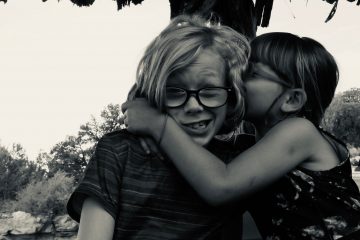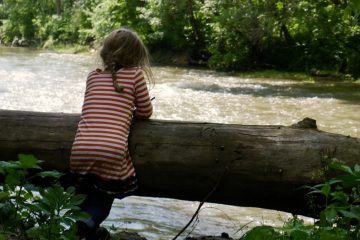All You Need is Play
Published by Sally Yunis on
All You Need is Play
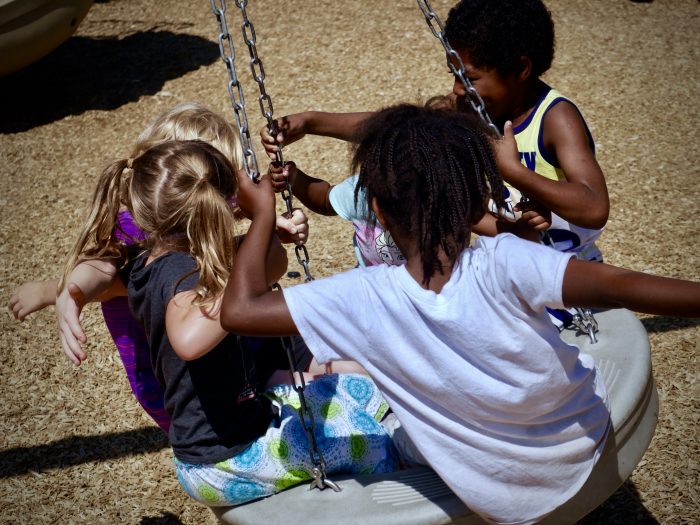
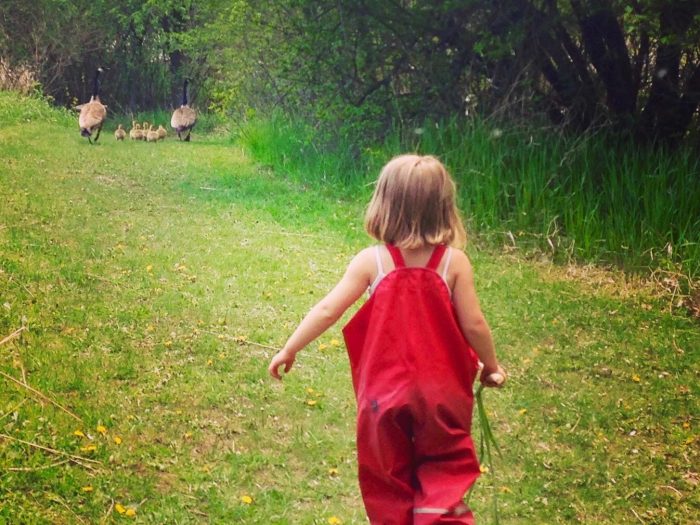
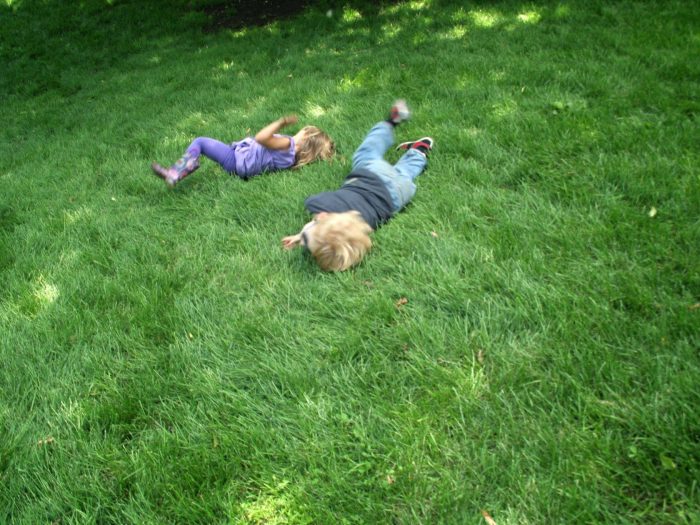
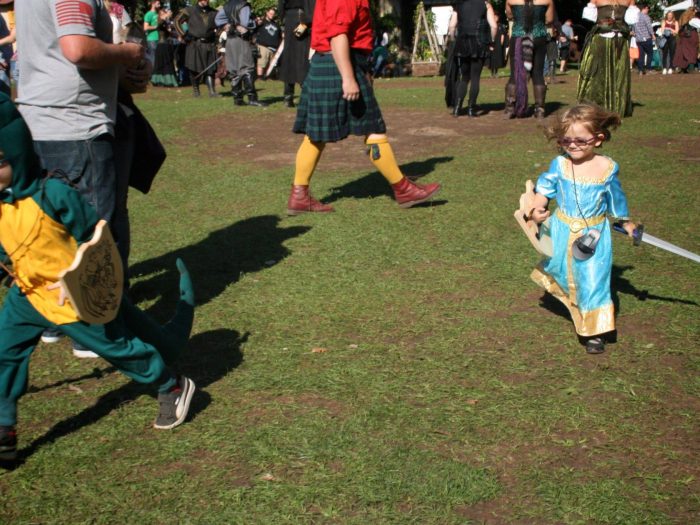
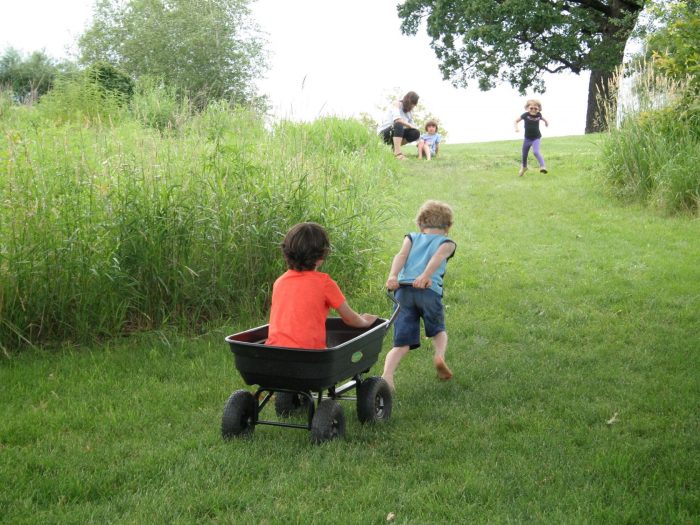
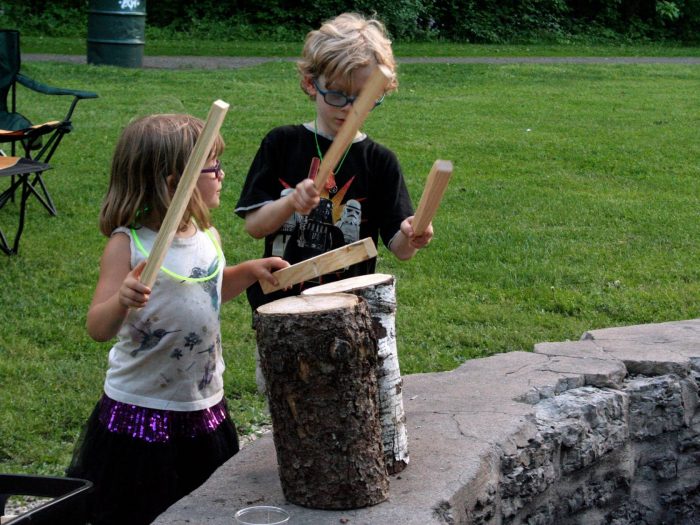
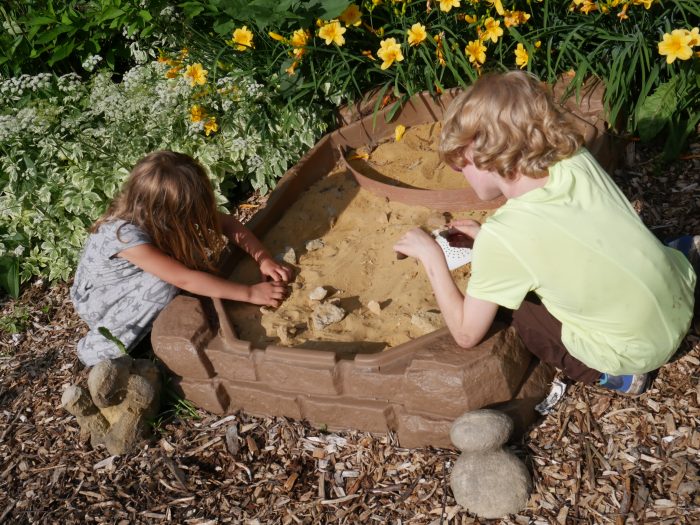
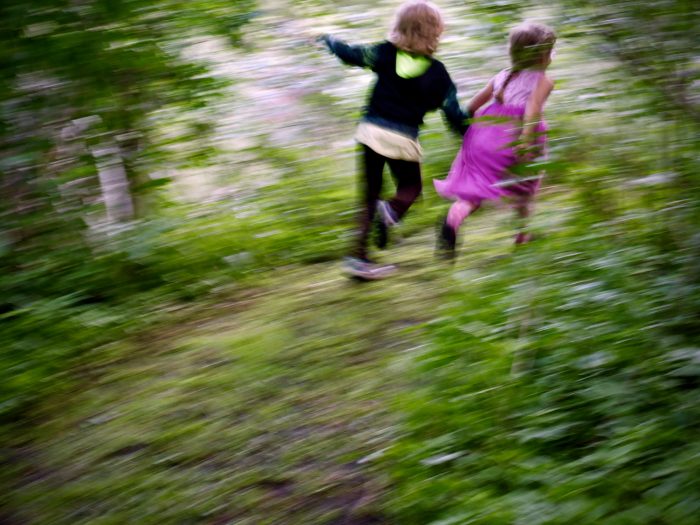
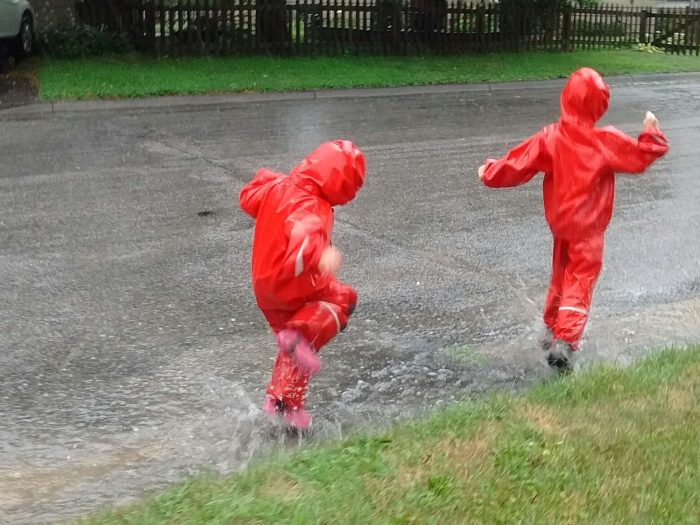
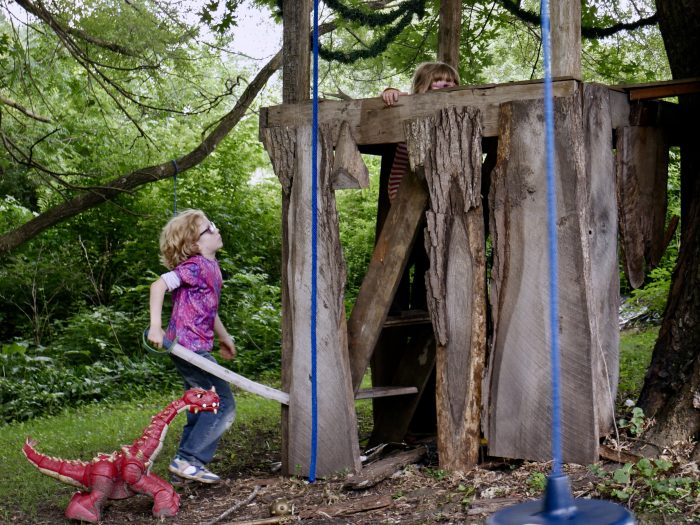
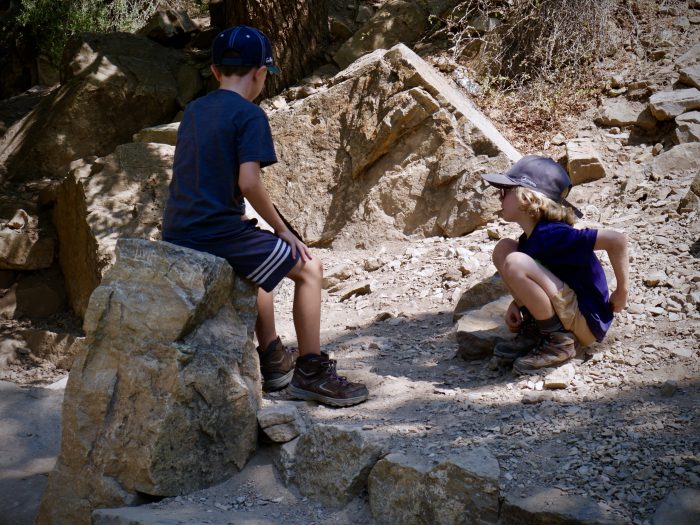
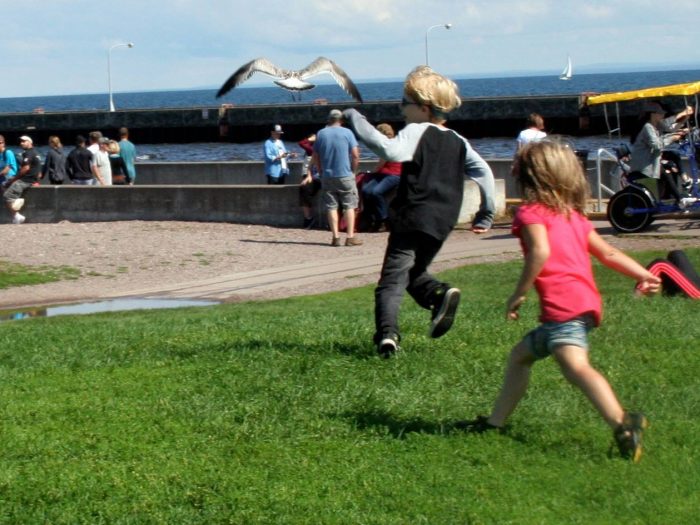
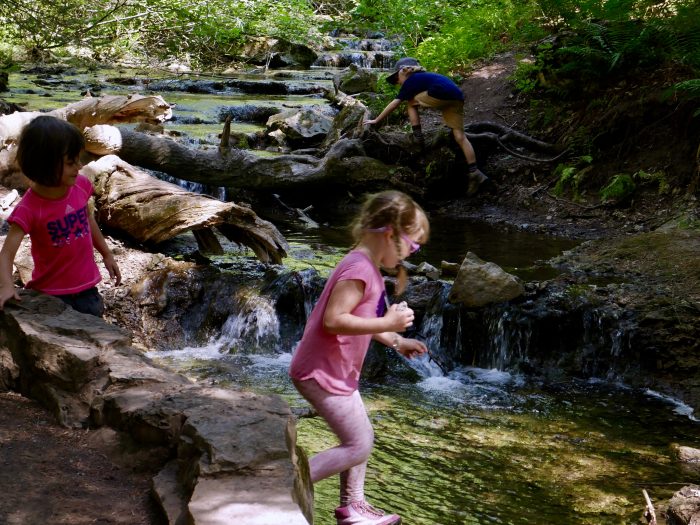
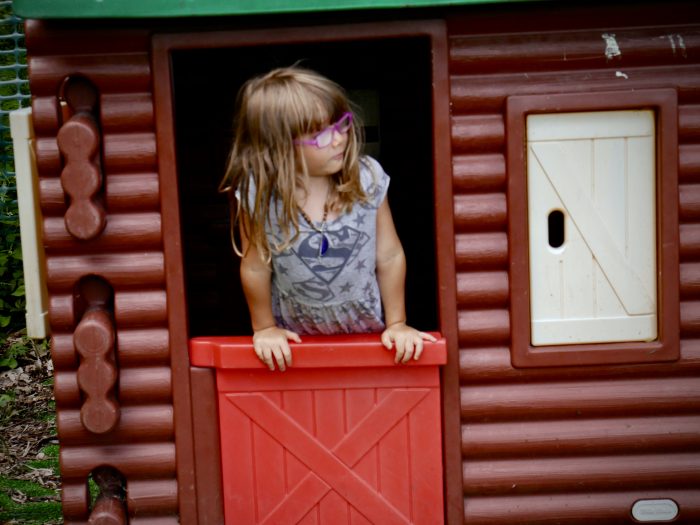
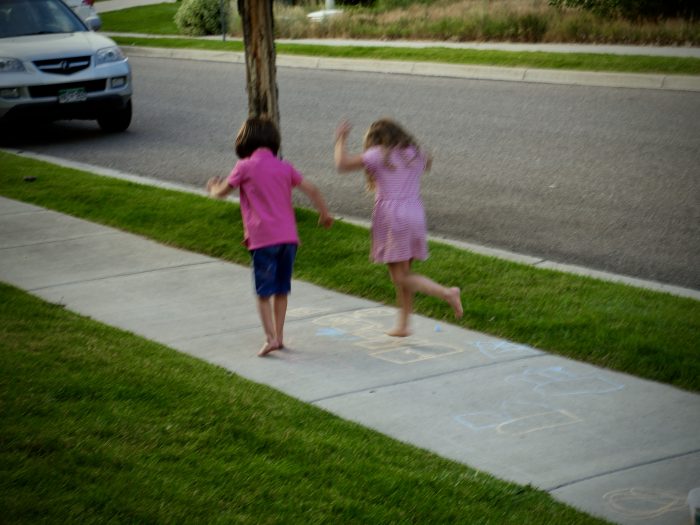
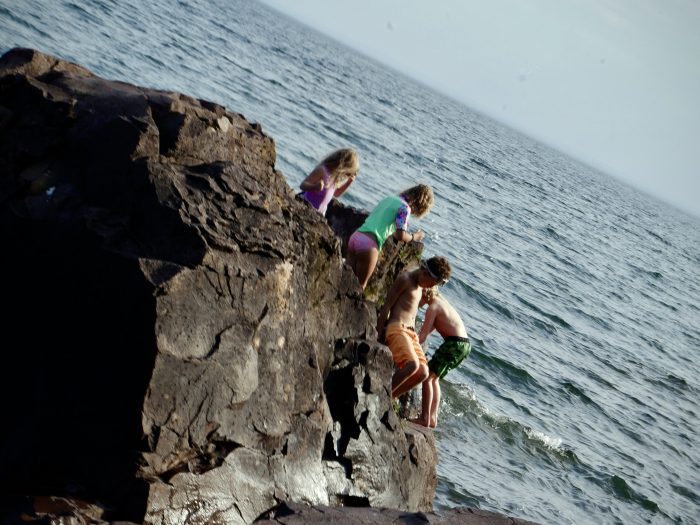
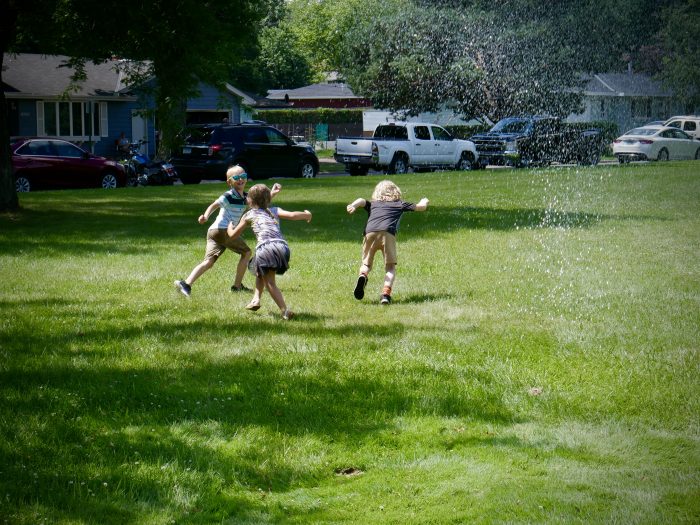
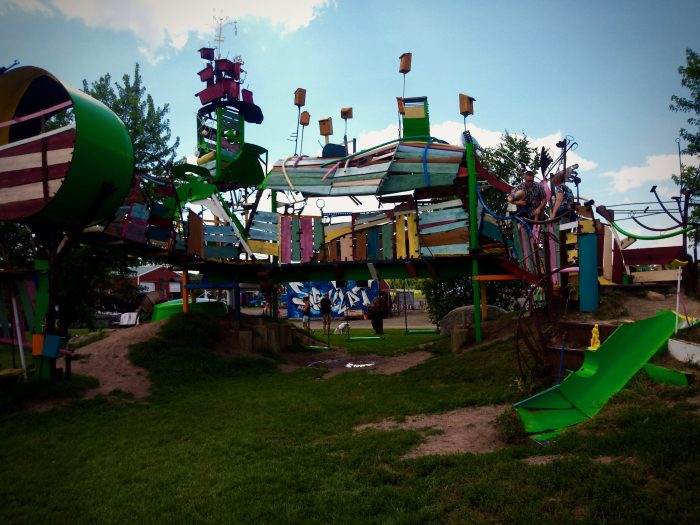
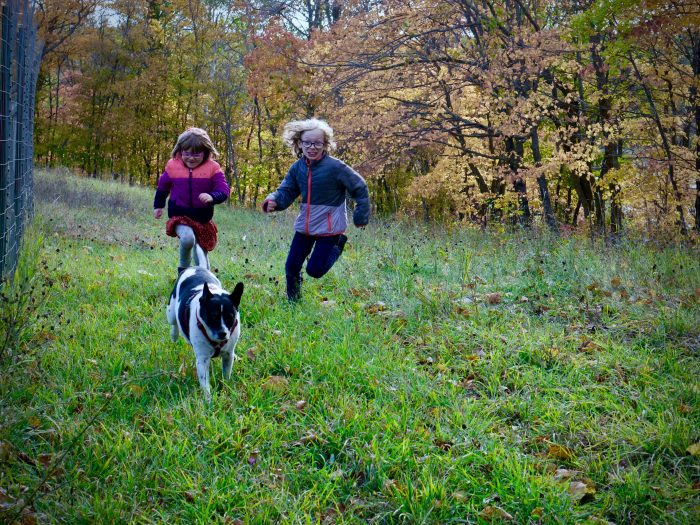
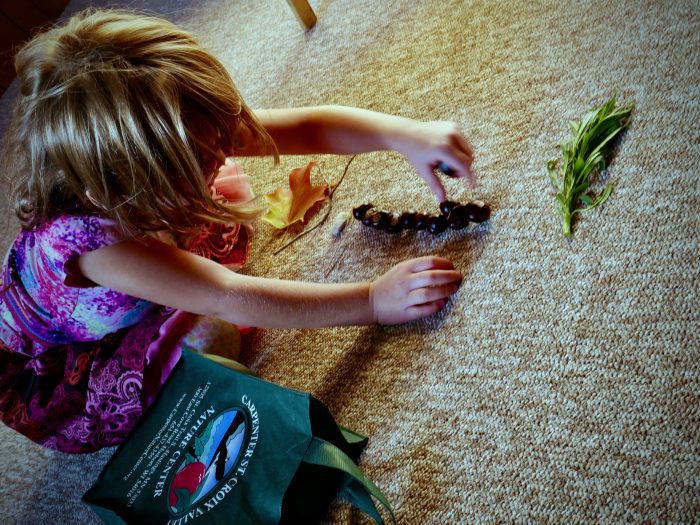
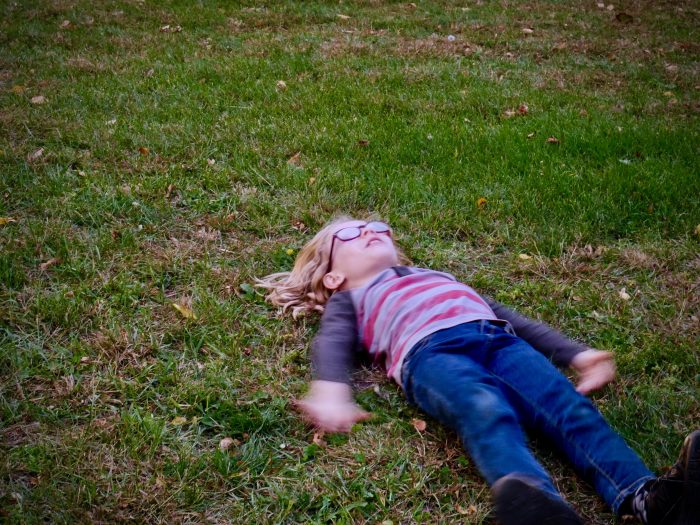
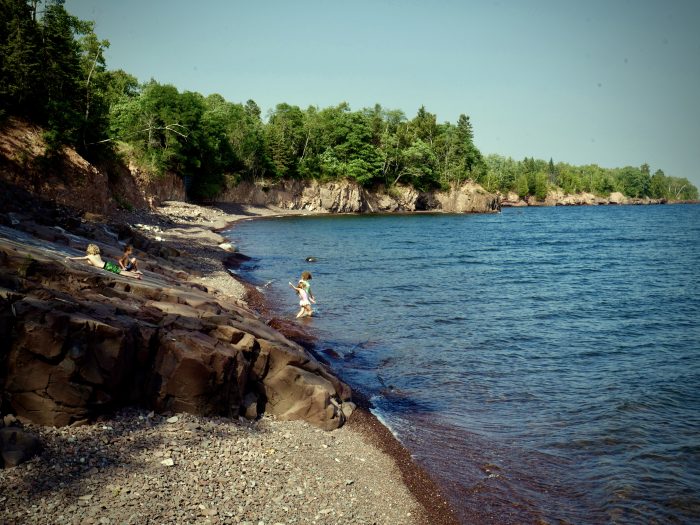
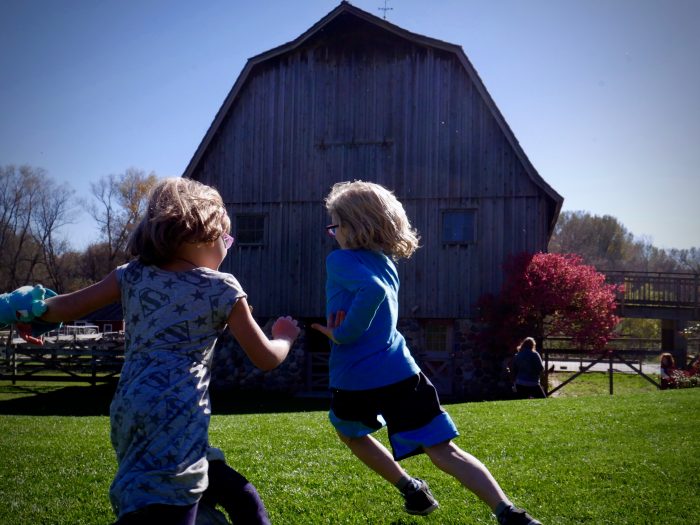
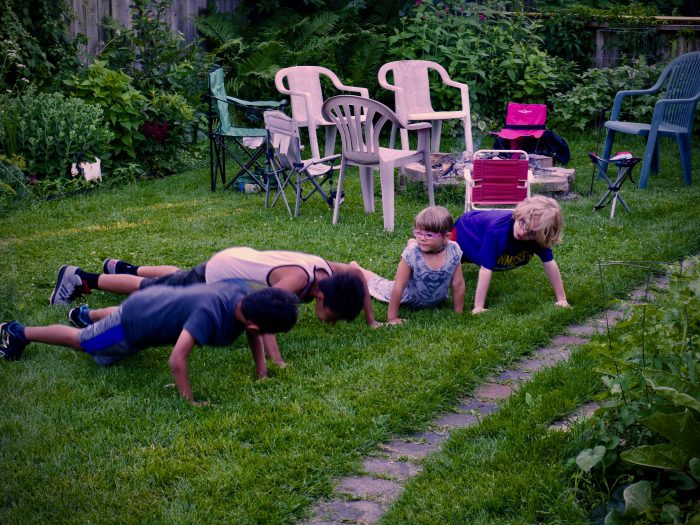
**My own childhood was impacted by Kris Kross and their crazy idea that we should all wear backwards clothes, so we’re gonna start this post off with a little hip-hop. Channel your inner eight year-old.**
“We have forgotten that children are designed by nature to learn through self-directed play and exploration, and so, more and more, we deprive them of freedom to learn, subjecting them instead to the tedious and painfully slow learning methods devised by those who run the schools.” – Peter Gray “Free to Learn”
Before kids start school, their lives revolve completely around play and its various iterations: imaginary play, outdoor play, sensory play, parallel play, self directed play, cooperative play, etc. The underlying aspect is that it’s seen as play – regardless of how it manifests itself. As soon as you label something “work,” it seems to lose its luster and becomes more of a chore than an enjoyable activity. Think of how you feel when you do something you really enjoy vs how you feel when you “have” to do something. There’s no comparison – you could enjoy crocheting intricate blankets, which take weeks of work, yet it’s seen as fun or relaxing. It’s the activity itself and the joy that you gleam from it that makes it play. Some adults are able to balance play with their work life, or even incorporate it into their work; whereas others end up working jobs or entering professions because it “pays the bills.” The latter group of people might feel a sense of dread or resentment when they go to work, while the first group might feel a sense of fulfillment or excitement about their job. Nobody wants to end up in a job that they hate; it’s a terrible feeling, just like kids don’t want to end up in a school setting that they hate. Hence the importance of play beyond the pre-school years.
According to an article written by Gwen Dewar Ph.D, play has a dramatic impact on learning: it improves memory, stimulates the growth of the cerebral cortex, triggers BDNF (a substance in the brain that grows and maintains brain cells), promotes creative problem solving, improves language development, strengthens math skills and strengthens self regulation. The most important facet of this data is that playing has to be organic or free; which means that exercise and gym class will not fulfill this play “requirement.”
What exactly is “free play,” you ask? Here’s what it is, and what it isn’t.
Free play is:
unstructured
parent-free
directed by children
unscheduled
Free play is NOT:
structured
an after school activity
forced interactions
set up by adults
In fact, interference by adults stops the free flowing nature of play.
In other words, free play happens organically, either alone or within a group of other children. Don’t get me wrong, it’s also important for caregivers and parents to play with their children, but kids tend to learn and retain more information when they play with other kids. They learn to navigate social situations with peers, which generally involves a lot of empathy, frustration and problem solving. When an adult plays with kids, there’s an immediate shift in how the kids play and it’s sometimes perceived as novel (Look! Mama is playing tag with us!). If you have a large age distribution in a group of kids who are playing, you can watch how older children change their tone of voice and posture to assist the younger members of the group. It’s pretty magical.
**If you aren’t familiar with Secret Agent 23 Skidoo, this is my daughter’s favorite song. It really speaks to the imagination of childhood and it’s incredibly catchy. You’ll be dancing in no time.**
“Some people fear that violent play creates violent adults, but in reality the opposite is true. Violence in the adult world leads children, quite properly, to play at violence. How else can they prepare themselves emotionally, intellectually, and physically for reality? It is wrong to think that somehow we can reform the world for the future by controlling children’s play and controlling what they learn. If we want to reform the world, we have to reform the world; children will follow suit. The children must, and will, prepare themselves for the real world to which they must adapt to survive.”
Peter Gray – “Free to Learn”
Free play builds body awareness and social negotiation – you are limited solely by your imagination. But what about violent pretend play? Is that okay? How do you intervene as a parent in play that morphs into a violent scenario? Play is amazing in that it allows kids to try on different roles and empowers them to figure out what type of person they are (or aren’t). Throughout this process of self exploration, you might hear or see your child act in an unexpected or violent way. I’d actually be surprised if you child never had an urge to create a game of us vs them or one where a person is taken hostage and needs to be freed (this describes almost all of the tag games I played as a child).
We live in an increasingly violent world and there’s no way you can protect your child from the news or “other people.” You can try to make an executive decision as a caregiver that you won’t allow nerf guns or water guns into your house, but what happens when you child turns a stick into a gun? Or Legos? Or a raw carrot? Suppressing your child’s urge to create (including violent play) will only result in frustration. If you make a point of avoiding the topic of violence, children will find their own way to explore and navigate violence in their play. If, however, your child seems to be captivated by violence and their play consistently turns to violent behavior such as hitting, punching, kicking and biting, you should probably intervene. In fact, this would be the perfect opportunity to teach them about empathy and love.
**Koo Koo Kanga Roo is a local Minnesota duo. They actually have a pretty dedicated adult following and frequently play at bars. If you need an icebreaker song to get your child’s imagination going, turn on Ninja Training. It also motivates kids to follow directions and work on large body motor skills.**
Building Resilient Kids Through Play
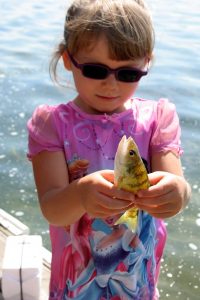
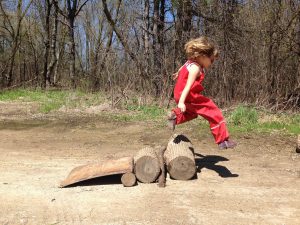

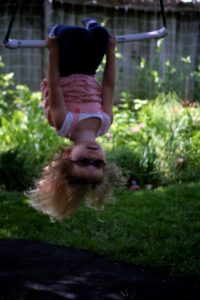

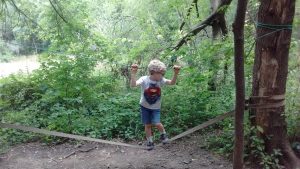
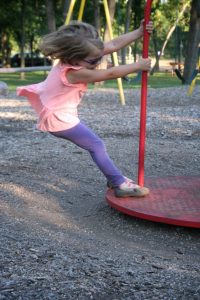
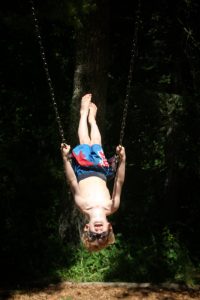
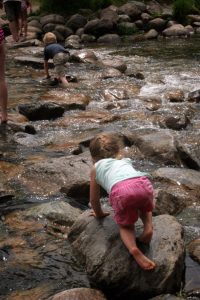
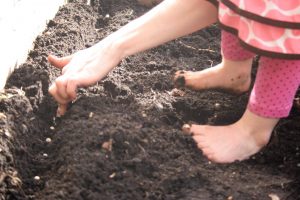
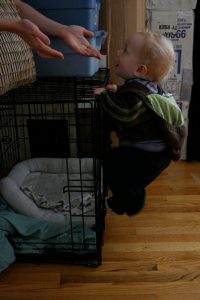
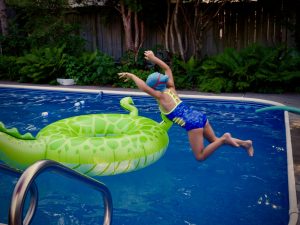
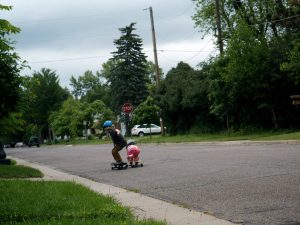
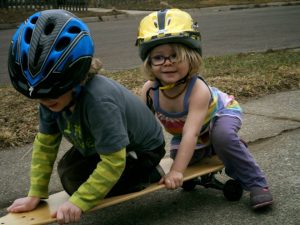
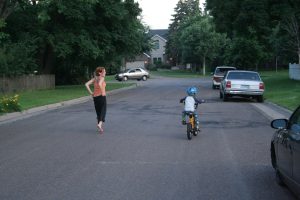
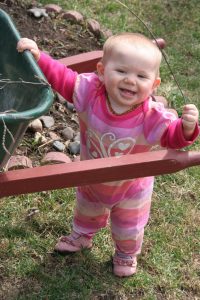

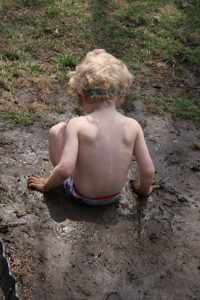
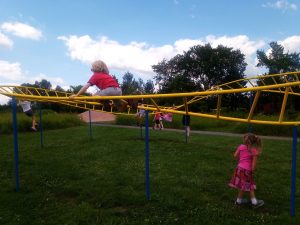
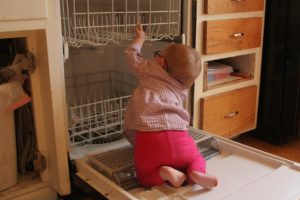
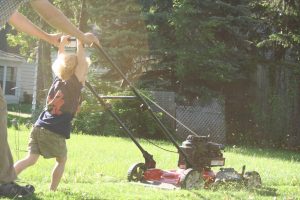
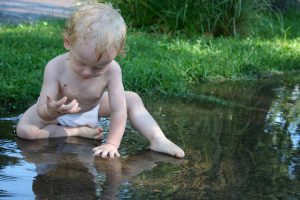

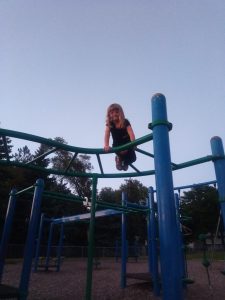
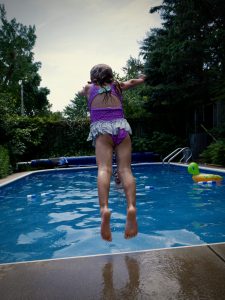
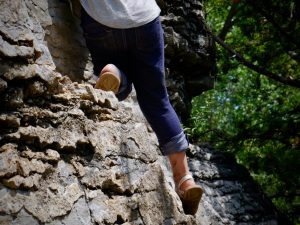
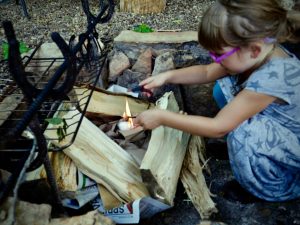
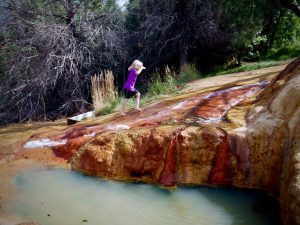
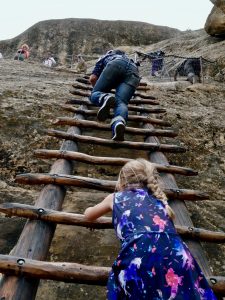
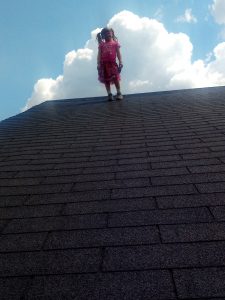
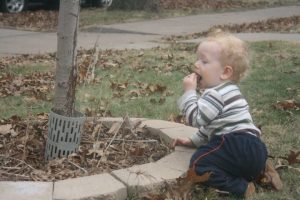
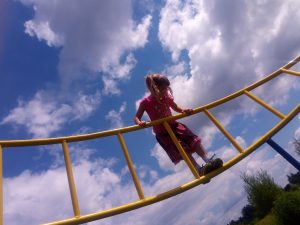
re·sil·ience (n)
1. the capacity to recover quickly from difficulties; toughness
2. the ability of a substance or object to spring back into shape; elasticity
Building resilience in your child(ren) should be one of your most important goals as a parent. You want your children to be prepared for the “real world” and protecting them from information, experiences and tragedy is a disservice. I completely understand the urge to “let them be kids,” but if you talk with your kids, you’re in charge of the information, not a random kid on the playground or at school. Use situations that may be uncomfortable to you as a teaching moment (for yourself and your child). In order to recognize a teaching moment, you generally have to be engaged with your child, or at least somewhat alert. Teaching moments don’t need to occur immediately after or in concurrence with an event, but it’s best to address an issue sooner rather than later. Also, the more you talk with your child about seemingly uncomfortable topics, the more likely they are to talk to you when something is up. You become the safe space and your opinions will be much more valid.
Before you can have expansive conversations with your kids, though, you need to get through the baby and toddler years. These are the years that seem to be the most stressful because you are constantly trying to protect your child from the world (and themselves). One example of protectionism is the infamous baby gate. Instead of using baby gates all throughout your house and touting them as a way to keep your child safe, teach your child how to navigate stairs…as babies. I understand that every house is different and I probably “don’t understand” your particular situation, which is true, in part. But, I would challenge you on this particular point and say that your fear is winning over reason. You are afraid that your child will get injured (they will) and that it will either be a. your fault or b. an activity that they will avoid because they were injured. These ideas are fallacies – you are not to blame when your child gets hurt while learning a new skill; it’s part of the process. If your child falls down the stairs, I can guarantee that they will learn how to properly navigate the stairs the next time. You just need to make sure that you don’t overreact to their injury and that you convince them that it’s a good idea to “try again.” Now, I’m not suggesting that you just let your six month old crawl up the stairs without supervision; that would be negligent. Instead, I’m suggesting that you give your child the opportunity to challenge themselves by taking risks. To assist you in navigating risk-taking behaviors that might lead to an injury, I’ve created a four step response to non-serious injuries (bumps, scrapes, falls, etc).
How you respond is much more important than the injury itself. You child will follow your lead. Most children are highly aware of subtle energy shifts; they will intuit your emotion by reading your body language, facial expressions and tone of voice and respond accordingly (not to mention the stress hormones you immediately start to emit). If you exude anxiety, fear or panic, they will feel anxious, scared and panicked. Here’s what you can do instead:
1. Check in – Are you okay? What happened?
2. Validate the experience – It hurts to fall down! I’m here with you; you’re safe now.
3. Empower – What do you need? What would help you?
4. Heal – Apply a bandage (if necessary), give a hug, and encourage them to return to play after getting help.
If the injury is serious, such as a broken bone or split skin with a a lot of blood, act accordingly. Even if you are completely freaking out on the inside, try to be as calm as you can to help your child. Put pressure on wounds (head and mouth wounds appear to bleed more than other wounds) and get your child to the closest ER or Urgent Care. You can also ask other kids or adults to help you if you need assistance; it’s always okay to get help!
Once you get through the experience of treating the wound/injury, you can use it as a teaching moment to talk about what happened and what could be done differently. Make sure that your child is actively involved in the age appropriate conversation and try to turn the questioning onto them (how did you feel when/why do you think, etc). Make sure to validate your child’s emotions and refrain from brushing off genuine fear and sadness. It’s your job to teach them to persevere and move on from the injury. Also, while you might have had a traumatic experience as the caretaker, your child might not have the same response. This doesn’t mean that you can’t process and validate your own emotions and experience; rather, it means that you and your child are completely separate entities and they might feel more okay about the whole thing than you do. Just follow their emotional response and validate their experience for however long that may take (it might take a minute or a few years, depending on the child and the event).
I’ve covered a large amount of information in a relatively short post, but the main idea is that your kids need spontaneous, unstructured, free play. It must be devoid of adults and happen organically to have the greatest effect. We live in a world governed by fear and it’s really easy to reside in the trappings of perceived safety. Regardless of how much you try to protect your child, you will need to navigate trauma and loss at some point. As I’ve mentioned, the best way that you can grow, nourish and prepare your child is to talk to them, let them play freely with peers and allow them to push themselves – even though it comes with the possibility of injury. We all want to be superheroes as parents, vanquishing all pain and harm, yet we need to let our children be the superheroes. If they feel confident, have a safe support network and explore their world without fear, we might give them the possibility of true happiness.
Resources for Further Reading: A Definition of Free Play | Playtime is Crucial for Children & Adults | Doctors
Prescribing Playtime | Five Proven Benefits of Play | Bring Risk Back to Playgrounds | Play Builds Bigger Brains




